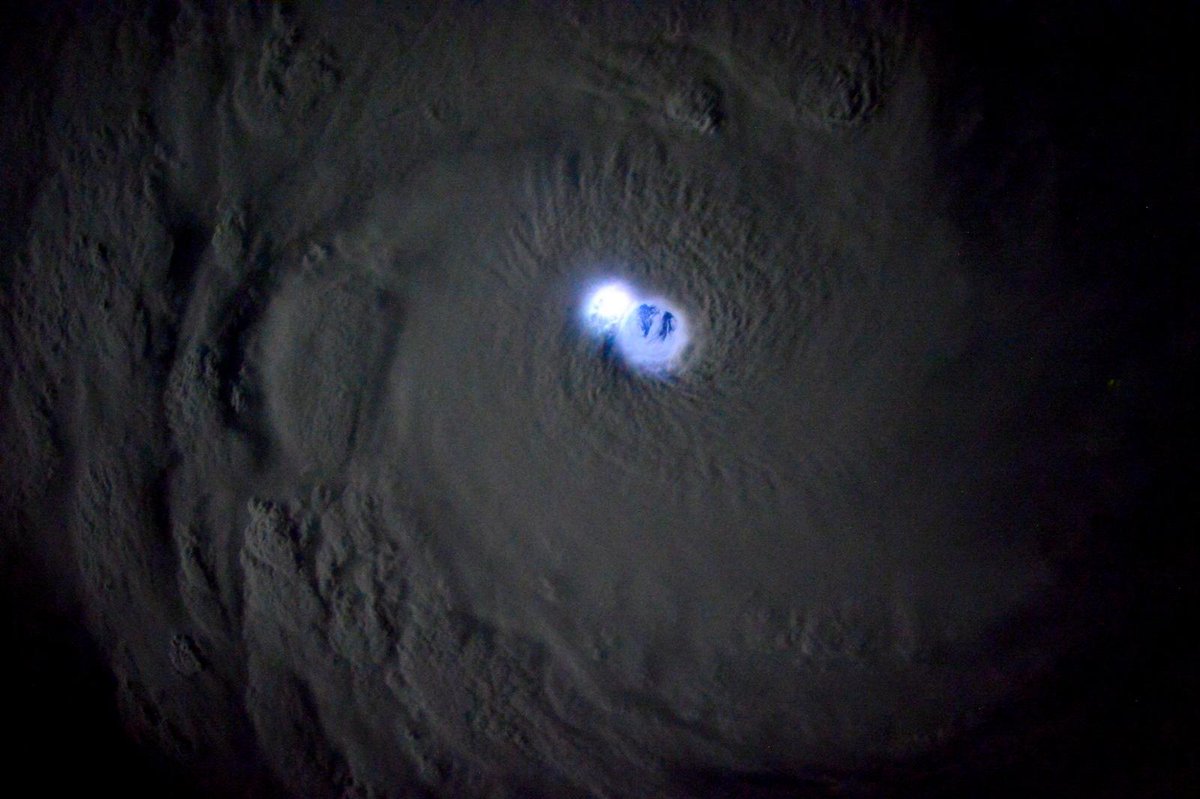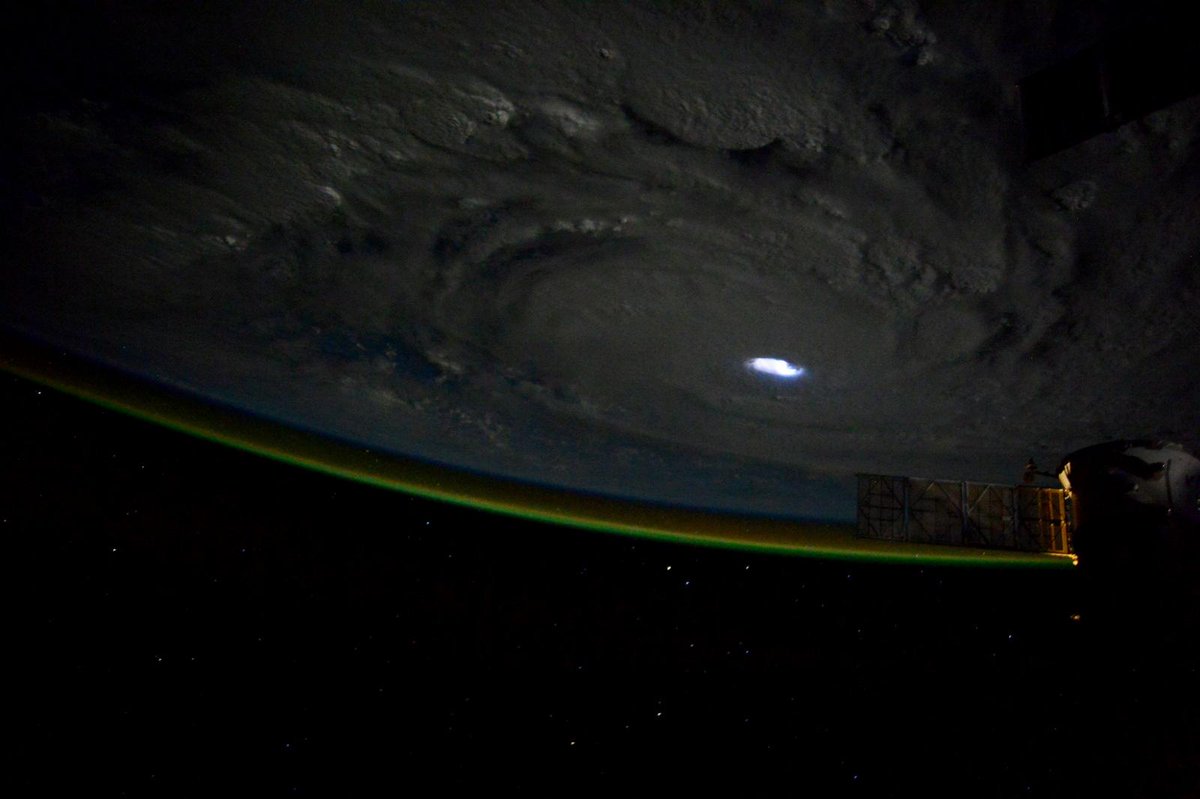Good evening, space fans! Welcome back to the wonderful world-above-world of the International Space Station.
After the successful arrival of a SpaceX Dragon capsule to the station, the astronauts busied themselves with transferring cargo and initiating time-sensitive scientific experiments contained therein. However, for this mission, not all of the cargo made it INSIDE the station.
According to full-timewhistle.com, in a first-ever robotic handoff, NASA controllers at the Johnson Spaceflight Center in Houston used the Dextre (Special Purpose Dexterous Manipulator) robotic arm to remove the CATS (Cloud Aerosol Transport System) experiment from the Dragon.
The CATS, a multi-satellite array designed to monitor atmospheric pollutants, was then robotically high-fived over to controllers from the Japanese Space Agency (JAXA), who used their own space-based robotic arm (the Japanese Experiment Module Remote Manipulator System) to install the CATS system on the exterior of the ISS's Japanese module, the Kibo.
 |
And the CATS in the Kibo with the silver spoon...
(Image courtesy NASA,.gov.) |
CATS will track everything from clouds to volcanic plumes, as well as contaminants both natural and artificial in the sky. Cloud and aerosol properties will be assessed down to 355, 532, and 1064 nanometer wavelengths.
Speaking of clouds, ESA astronaut Samathan Cristoforetti captured some amazing images of Tropical Cyclone Bansi, a storm over the Indian Ocean which peaked with winds of up to 150 miles per hour.
 |
That bright spot is lightning, or the laser pointer of an angry god.
(Image courtesy Astronaut Samantha Cristoforetti.) |
Astronaut Cristoforetti tweeted the images to great response from her followers. Follow
@AstroSamantha for more!
In other news, Astronaut Scott Kelly was lauded at America's State of the Union address last Tuesday. Kelly, a special guest seated near the First Lady, will be headed to the ISS in March along with cosmonaut Mikhail Kornienko to undergo the first one-year space stay ever attempted. President Obama enthused that the Kelly/Kornienko mission would be part of a greater plan to eventually push on to colonize Mars.
As space.com reported, Obama said, "I want Americans to win the race for the kind of discoveries that unleash new jobs ... pushing out into the solar system, not just to visit, but to stay."
Kelly is a particularly interesting choice for the long-term space experiment, as his twin brother Mark - also a fellow astronaut and Navy SEAL - will have his medical data constantly compared with his brother's (Mark will remain on Earth for the duration of the experiment.) This will allow an unprecedented control-and-test element to the experiment on how spaceflight affects human physiology over the long term.
 |
His brother Mark has a mustache, so scientists can be sure they didn't switch places to cause shenanigans.
(Image courtesy kansascity.com.) |
Kelly isn't the only interesting visitor the ISS will be entertaining.
According to engadget.com, singer Sarah Brightman, 54, plans to ship up to the ISS in early September, for the purpose of becoming the first-ever entertainer in space. Brightman, who is footing the $50-million-odd bill on her own, was inspired by the Apollo moon landings to make her high-flying effort.
 |
She may also be looking for love...this is one of her album covers.
(Image courtesy engadget.com.) |
Regarding the day-to-day operations of the ISS,
NASA reported that things went as per routine this week. Commander Butch Wilmore installed new parts for the Combustion Integrated Rack (used to test the various ways things can burn in microgravity.) Astronaut Terry Virts offered ocular and echocardiogram data for further assessment of human physiological issues in space, while Astronaut Cristoforetti worked on the Magvector study, which analyzes how a space-based electrical conductor interacts with the Earth's magnetic fields (don't worry, that had nothing to do with all the lightning photos.)
That's what was up on the ISS this week! Join us next time for more orbital awesomeness...watch this space!
 |
Tropical Cyclone Bansi at the bottom of the world...NOT the Magvector acting up. Or so they say.
(Image courtesy Astronaut Samantha Cristoforetti.) |






